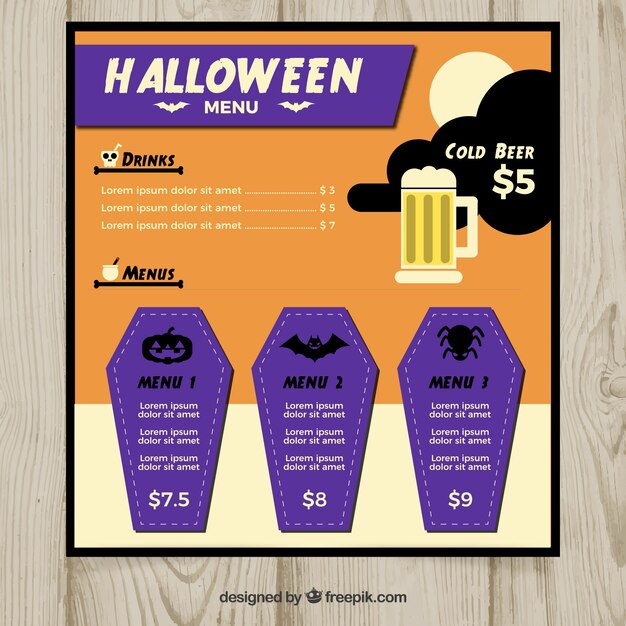Baking enthusiasts are always on the lookout for tools that make the process smoother, more efficient, and, of course, less sticky! While traditional metal and glass pans have their merits, silicone baking pans have quickly become a favorite for both amateur and professional bakers. The versatility, non-stick properties, and ease of use offered by silicone baking pans make them a top choice for anyone seeking hassle-free baking. In this article, we’ll explore why silicone baking pans are the ultimate tool for non-stick baking, discuss their many benefits, and provide tips on how to get the best results with them.
What Are Silicone Baking Pans?
Silicone baking pans are flexible, non-stick molds made from food-grade silicone. This material is a type of rubber that can withstand high temperatures while maintaining its form. Unlike metal or glass pans, silicone molds are soft and bendable, which allows for easy storage and removal of baked goods.
Why Silicone Baking Pans Are Perfect for Non-Stick Baking
1. Naturally Non-Stick
One of the most significant advantages of silicone baking pans is their inherent non-stick properties. Unlike metal pans that often require greasing or flouring to prevent sticking, silicone pans rarely need any preparation. The smooth surface ensures that your baked goods slide out effortlessly once they’re done.
Moreover, this non-stick feature is durable. Even after multiple uses, silicone pans retain their slick surface, making them ideal for consistent results every time.
2. Easy to Clean
Cleaning up after baking can be tedious, especially when batter or dough gets stuck in the crevices of traditional pans. With silicone baking pans, this problem is virtually eliminated. Since nothing sticks, you can easily wash them with warm soapy water or toss them in the dishwasher. The smooth surface means there are no corners for food particles to cling to, simplifying the entire cleaning process.
3. Heat Resistance and Flexibility
Silicone baking pans are heat-resistant, typically safe up to 428°F (220°C), which covers most baking recipes. Whether you’re baking cookies, cakes, or bread, these pans handle the heat without warping or cracking.
Their flexibility is another benefit that makes them unique. Once your cake or muffins are baked, you can simply bend or twist the pan to release the contents. This flexibility helps prevent damage to delicate baked goods, such as cupcakes, that could otherwise break apart when removed from a rigid metal pan.
4. Uniform Baking
Unlike metal pans, which can sometimes cause uneven cooking due to hot spots, silicone baking pans promote even heat distribution. They heat up slowly and distribute heat more evenly across the surface. This helps to ensure that your baked goods are cooked through without burning or underbaking.
However, it’s essential to place silicone pans on a stable baking sheet or tray when baking, as they are quite flexible. The stability provided by a tray helps to avoid spills or uneven cooking.
5. Eco-Friendly and Reusable
Silicone baking pans are an environmentally friendly choice. Since they’re reusable and durable, you won’t need to buy disposable baking papers, foils, or parchment sheets as often. These pans can last for years without losing their non-stick qualities, reducing waste and saving you money in the long run.
6. Lightweight and Easy to Store
Another practical benefit is the lightweight nature of silicone baking pans. Unlike heavy metal or glass alternatives, silicone is incredibly light, making it easier to handle, especially when working with larger baking projects.
Their flexible design also allows for easy storage. Silicone pans can be bent, folded, or rolled up without losing their shape. This makes them ideal for kitchens with limited storage space.
How to Use Silicone Baking Pans for Best Results
While silicone baking pans offer numerous advantages, there are a few tips to keep in mind for optimal results.
1. Place Them on a Stable Surface
As mentioned earlier, silicone pans are flexible, which means they can be wobbly when full of batter. To ensure stability, always place your silicone baking pans on a metal baking sheet or tray before filling them. This makes it easier to move them in and out of the oven and helps ensure even baking.
2. Lightly Grease the Pan (If Necessary)
Even though silicone baking pans are non-stick, some recipes may require a light greasing, especially when working with dense batters. If you’re baking something particularly sticky, like caramel-based cakes or thick cookie dough, applying a little butter or cooking spray can make it easier to remove the finished product.
3. Allow Cooling Before Removing Baked Goods
One of the common mistakes when using silicone baking pans is removing the baked goods too quickly. While silicone pans cool faster than metal, it’s still a good idea to let your baked items sit for a few minutes before attempting to remove them. This allows them to firm up, making it easier to release them without breakage.
4. Avoid Cutting in the Pan
While silicone baking pans are durable, they can be damaged by sharp objects. Avoid using knives or metal utensils inside the pan. If you need to cut your baked goods, transfer them to a cutting board first.
5. Store and Maintain Properly
To ensure the longevity of your silicone baking pans, store them carefully. Although they are durable, avoid placing heavy objects on top of them when folded or stored. Also, make sure to keep them away from open flames or direct heat sources like stovetops, as extreme temperatures can damage the material.
Common Misconceptions About Silicone Baking Pans
1. Do They Affect the Taste of Baked Goods?
One of the most common concerns people have about silicone baking pans is whether they affect the taste of food. The good news is that high-quality silicone is non-reactive and does not leach chemicals or alter the taste of your food. Make sure to buy food-grade silicone pans to ensure safety and flavor.
2. Do They Smell?
New silicone pans might have a slight odor when first used, but this typically goes away after a couple of washes and uses. To remove any lingering smell, wash them with warm, soapy water before first use and let them air out.
3. Are They Oven-Safe?
Yes, silicone baking pans are entirely oven-safe. Just make sure to check the temperature limits on the packaging, as most silicone pans are rated up to 428°F (220°C). Using them beyond this temperature could lead to damage or warping.
Conclusion
Silicone baking pans are an excellent investment for anyone who loves to bake. Their non-stick properties, ease of cleaning, heat resistance, and flexibility make them a superior choice over traditional metal and glass pans. Whether you’re an occasional baker or a professional pastry chef, silicone baking pans can make your baking process easier and more enjoyable. By following a few simple tips, you can ensure that your baked goods turn out perfectly every time.
In summary, silicone baking pans are versatile, eco-friendly, and practical, offering an exceptional solution for non-stick baking needs. Their durability and user-friendly features make them a must-have tool for every kitchen. So why not make the switch and elevate your baking game today?





